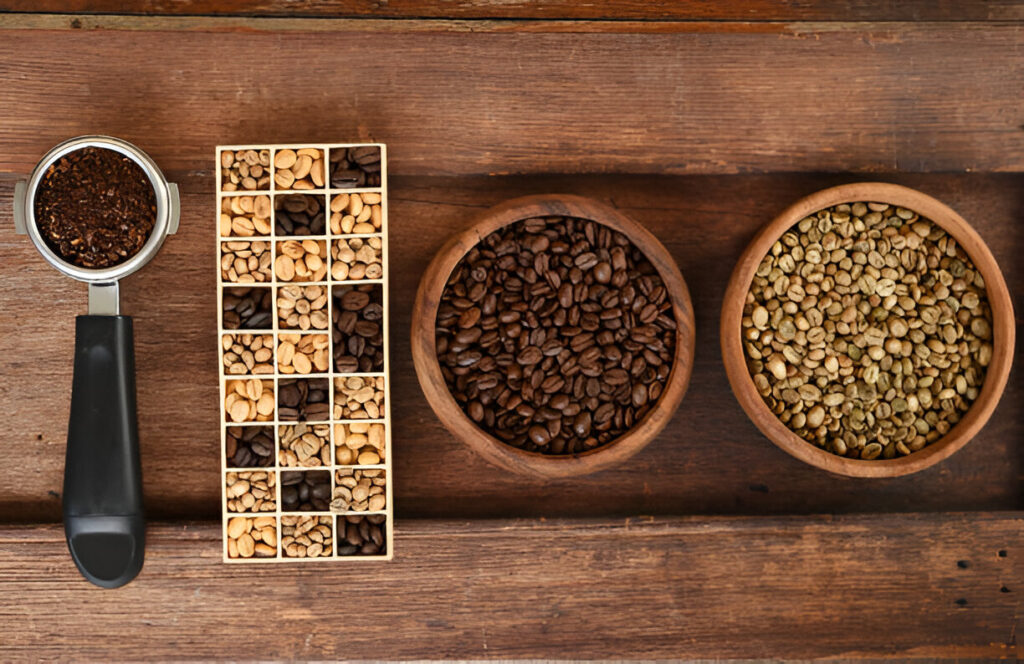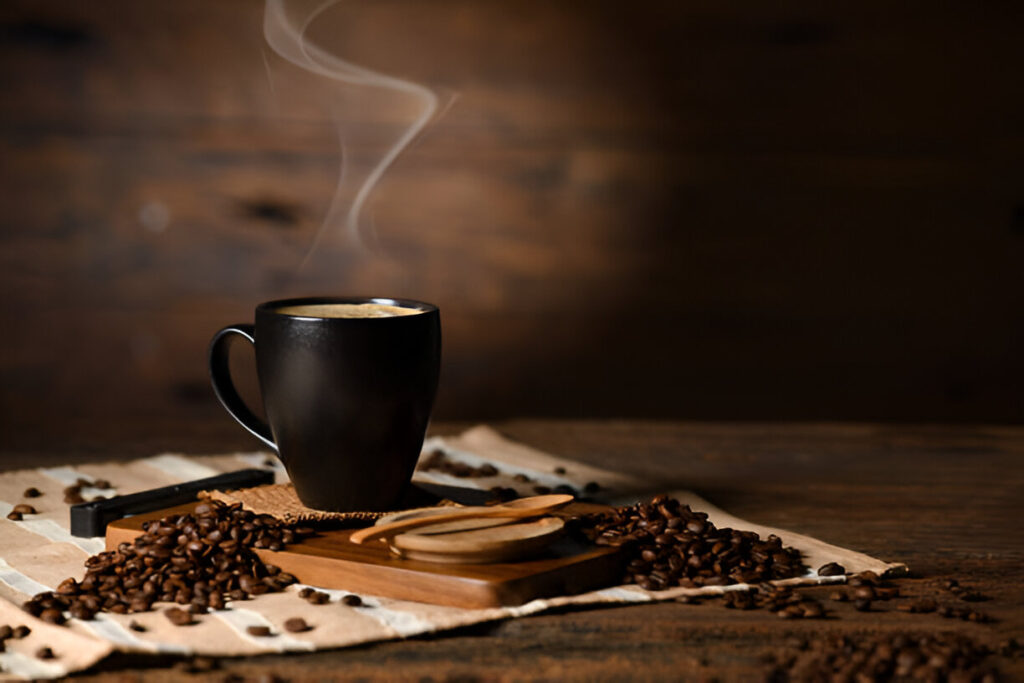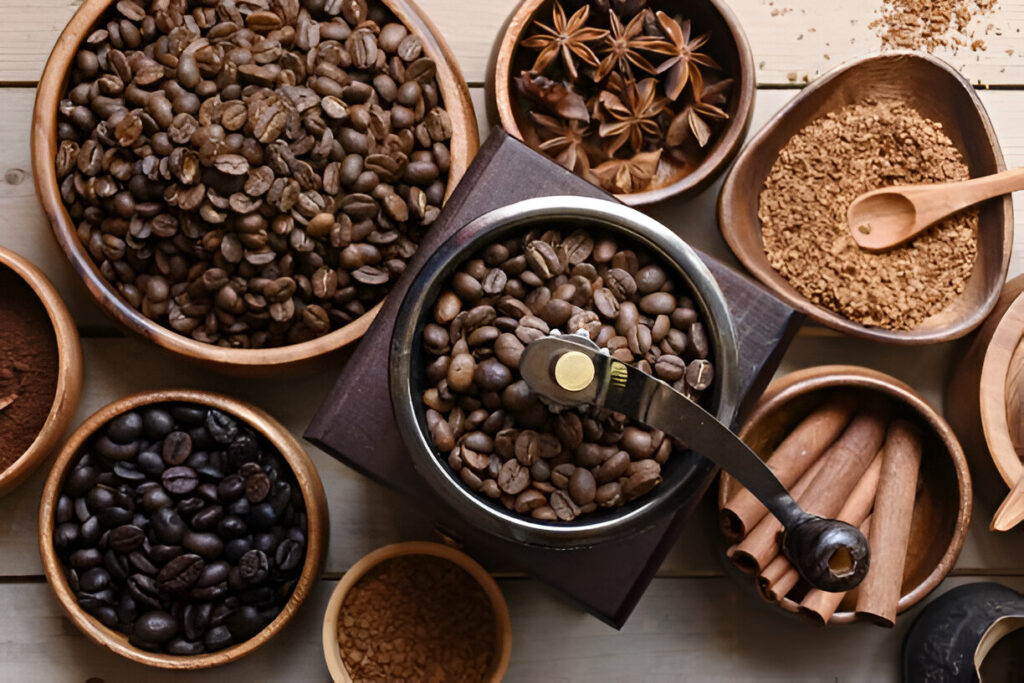Introduction: Start Your Coffee Tasting Journey Today
Coffee tasting is more than just sipping your morning cup it’s an art. Whether you’re a curious beginner or a seasoned sipper, understanding how to taste coffee properly opens up a whole new world of aroma, flavor, and texture. In this guide, you’ll learn how to elevate your experience through expert coffee tasting techniques used by baristas, cuppers, and coffee lovers worldwide.
1. Coffee Tasting Begins With the Beans
The quality of your coffee tasting experience depends largely on the beans you choose. Single-origin beans often highlight specific regional flavors, while blends balance multiple notes for complexity. Freshness matters always use beans roasted within the past 2–4 weeks.

2. Brew Methods Affect Coffee Tasting Results
How you brew your coffee dramatically changes the tasting experience. French press delivers bold, full-bodied notes, while pour-over enhances clarity and subtle flavors. For consistent coffee tasting, use a digital scale and time your brew to ensure balance.
Tip: Stick to the same brewing method when comparing beans so you can focus on the taste, not the technique.
3. Engage Your Senses During Coffee Tasting
Before even taking a sip, coffee tasting begins with your nose. Smell the ground beans are they nutty, floral, or earthy? These aromas are key indicators of what’s to come. When tasting, note the acidity, sweetness, bitterness, body, and finish.
Understanding the complexities of coffee tasting requires more than just sipping and scoring flavors. Professionals follow a standardized method to evaluate each aspect of the brew, including aroma, body, acidity, and aftertaste. According to the Specialty Coffee Association, these sensory elements play a vital role in determining coffee quality and flavor profiles. Whether you’re cupping at home or at a tasting event, referring to these established guidelines can significantly improve your ability to recognize and describe distinct coffee notes.
4. Coffee Tasting Notes: What You Should Be Looking For
From chocolatey undertones to citrus zest or berry brightness, each cup tells a different story. Keep a journal where you record tasting notes. Ask yourself:
- What’s the first flavor I notice?
- Does the flavor change as the coffee cools?
- Is the aftertaste pleasant, or does it linger?
As you do more coffee tasting, you’ll refine your ability to detect flavor subtleties.
5. Slurp, Don’t Sip The Professional Coffee Tasting Trick
Yes, really slurping isn’t rude in the world of coffee tasting. This technique sprays coffee across your palate and allows your taste buds and olfactory senses to work together. Professional coffee cuppers do this to detect every nuance in the brew.
6. Practice Makes Perfect in Coffee Tasting

Your palate evolves the more you practice. Set up your own tasting sessions with different origins, roast levels, or processing methods. Compare a light roast Ethiopian to a dark roast Colombian and document the contrasts.
Don’t forget: water quality and temperature matter too. Use filtered water heated to around 195–205°F for the best extraction during coffee tasting.
7. Why HorizonBlend Supports Your Coffee Tasting Journey
At HorizonBlend, we believe every cup should be an experience. That’s why we source ethically, roast to perfection, and provide origin stories that help you understand what you’re tasting. Whether you’re brewing at home or with friends, our beans support your exploration of the world of coffee tasting.
FAQs About Coffee Tasting
What’s the difference between coffee tasting and just drinking coffee?
Coffee tasting is intentional. It involves slowing down, using all your senses, and identifying specific flavors, aromas, and textures in the brew.
Can I develop a palate without professional training?
Absolutely. Like wine tasting, coffee tasting skills improve with practice. All you need is curiosity, consistency, and good beans.
Do I need special tools for coffee tasting?
Not really. A good grinder, scale, and brewing device are enough to start. You might also use a flavor wheel and tasting journal to track progress.
Why does my coffee sometimes taste sour or bitter?
It could be over/under-extraction, grind size, or bean freshness. Coffee tasting helps you recognize and fix these imbalances over time.
Conclusion: Embrace the Art of Coffee Tasting

The world of coffee tasting is rich, flavorful, and endlessly rewarding. From choosing the right beans and brewing method to engaging your senses, every step offers an opportunity to connect with your coffee on a deeper level. Keep exploring, keep tasting and let HorizonBlend be your guide.





